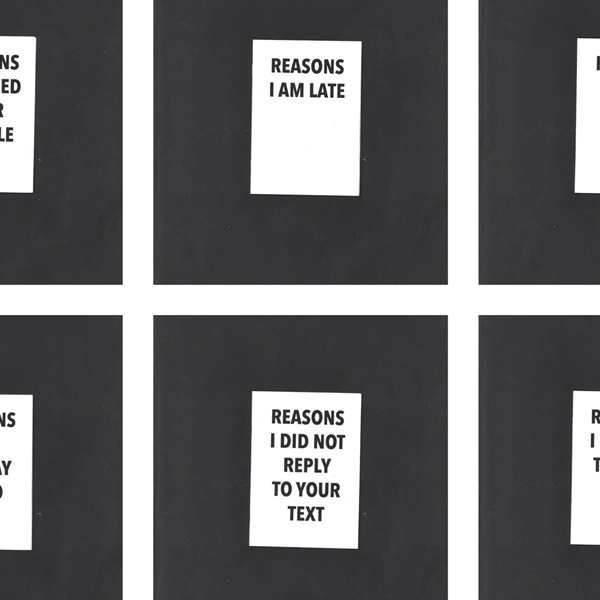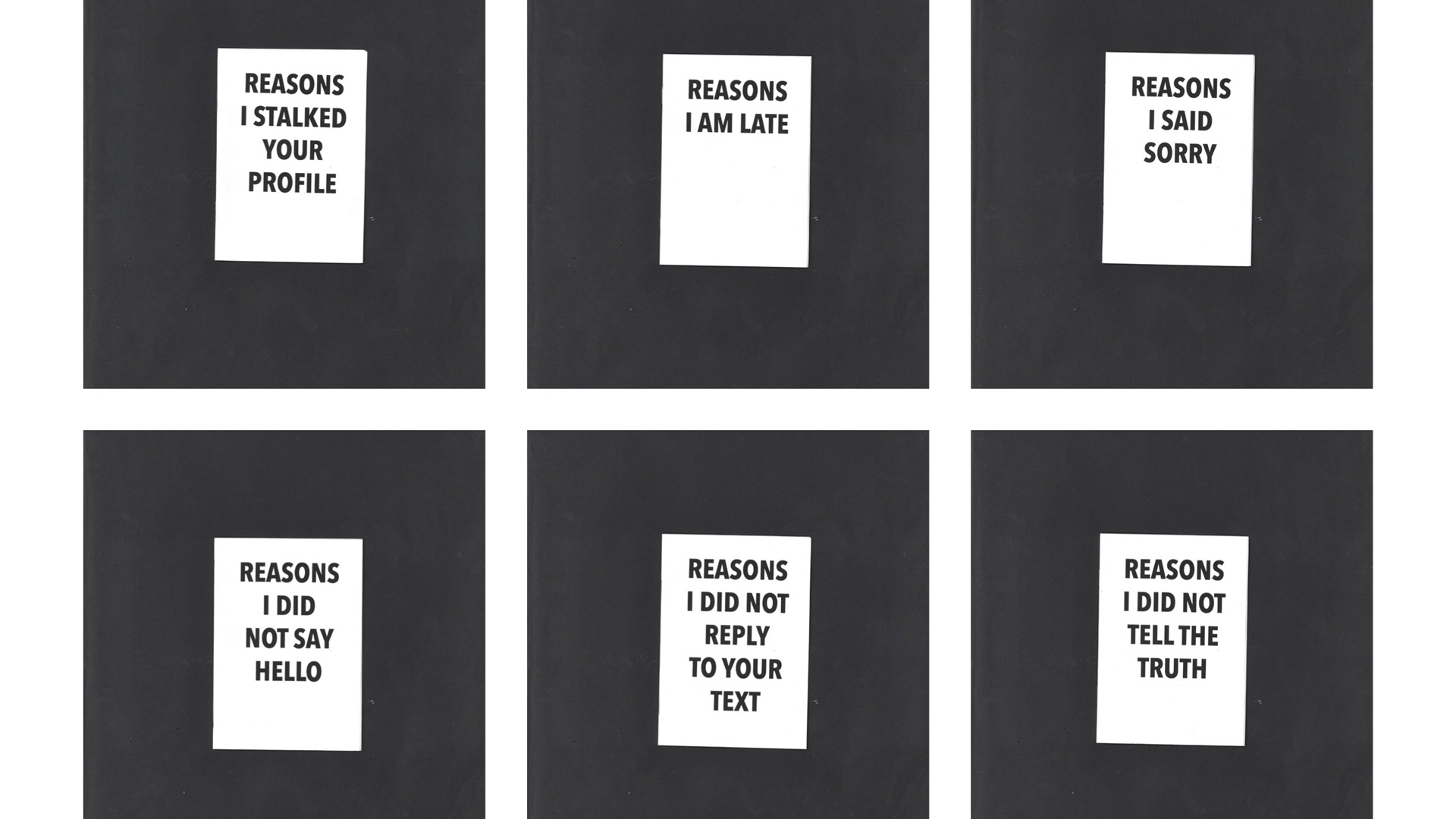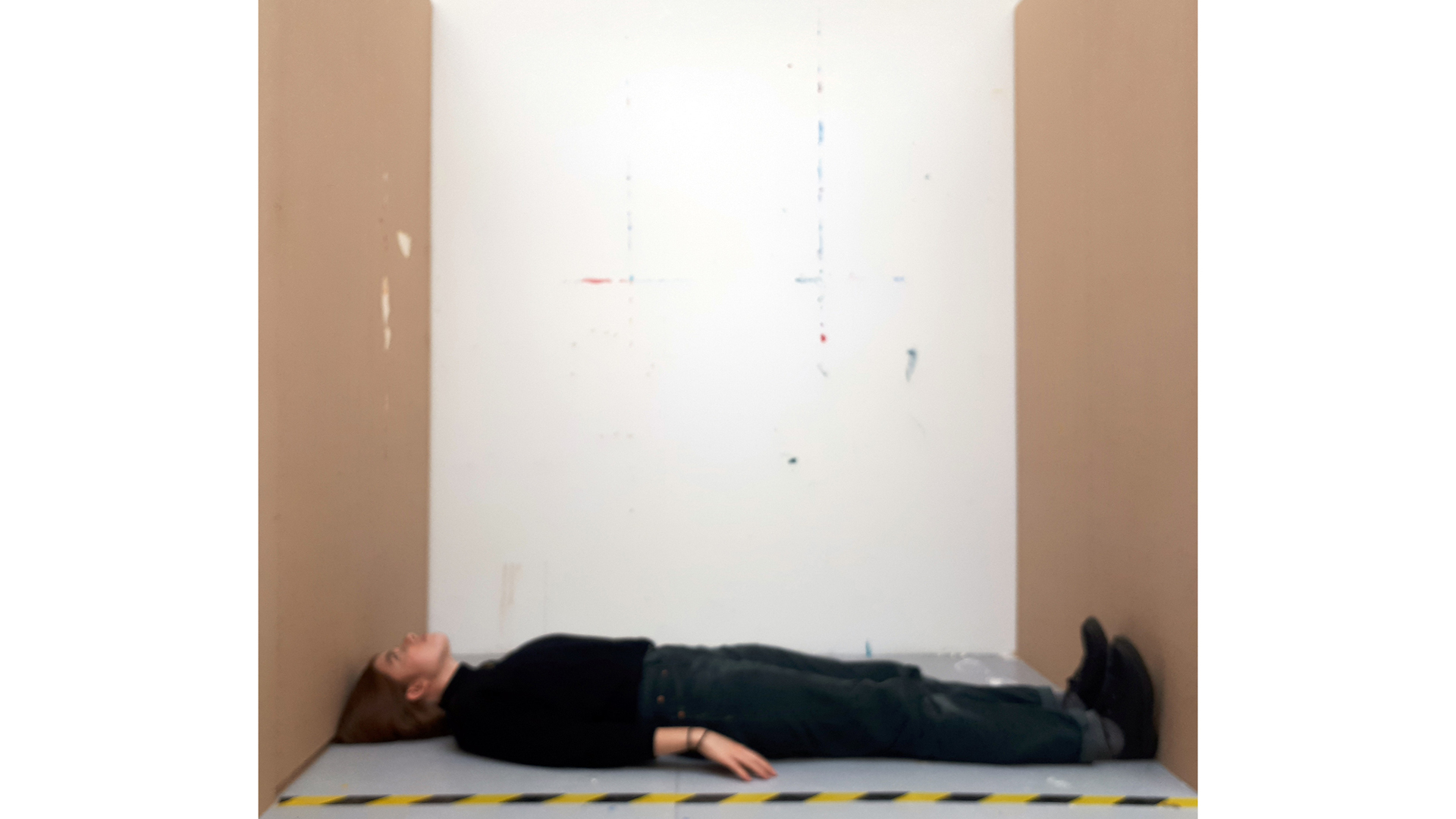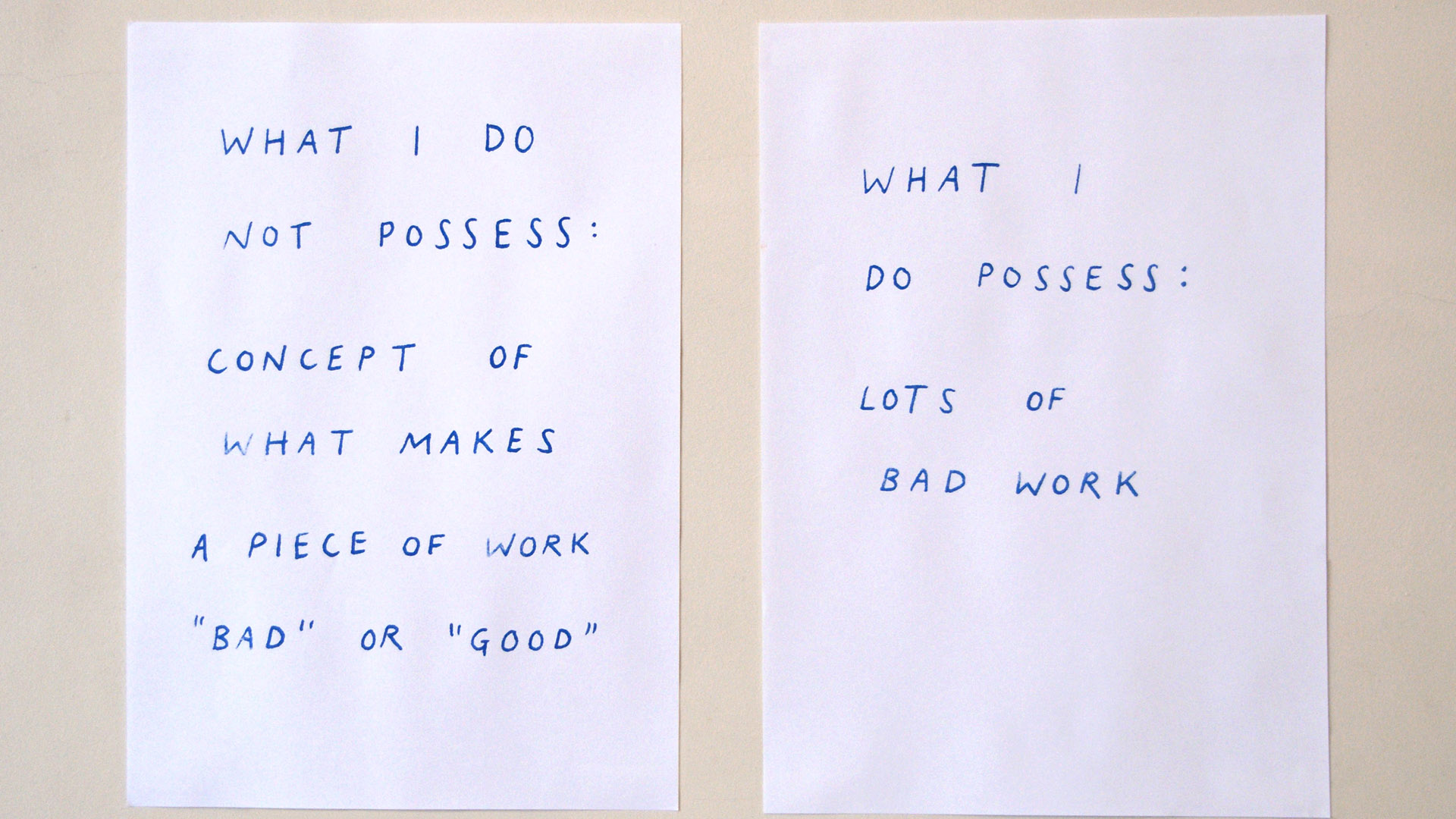About Jenny Brown
Currently studying at the University of Leeds, Jenny Brown’s practice mainly consists of text, drawing and photography. She approaches artmaking with uncertainty and humour. As a result, her work is often relatable, voicing insecurities and doubts on both the experience of mundanity and of making art. She uses language as a tool of communication, using it to create rules and structures for everyday experience. Her work is, at its heart, an observation on the everyday. Because of this, she enjoys using accessible materials and methods. Often, this means the A4 sheet of paper becomes both starting and end point. She is also influenced by Conceptual Art – sitting in between critiquing it and attempting to emulate it.
Lately she has been interested in the creative process, the notion of being an artist, and what this entails. She has been walking along and interrogating the line between ordinary action and artmaking, questioning what it means to make an artwork. Central to this is the body of the artist and concept of the art studio. She is interested in the process of making art with limited materials, or none at all; the body is the ultimate place for this. The artist’s body is the most readily material available. The body is sculpture, the body is a site for artmaking, the body is inherently artistic.

For Brown, the studio is the ultimate place of unknowing. The artist goes to the studio to figure out what they are doing, and to do it. As artworks are completed, discarded, or forgotten, the studio is left behind in a perpetual state of unknowing, a revolving door of ideas. The exploration of these ideas comes from, and results in, a place of uncertainty. Through studying fine art at university, questions, and concerns over what it means to be an artist, and art’s place in Brown’s life have spilled over into her practice. She is attempting to embrace these and reposition them into something more humorous or absurd.




This way of thinking has also seeped into everyday experience. In conversation with somebody else, there is a space between our words and their words, our interpretation and their interpretation. In following a sign to direct us home, there is the uncertainty in the truth of the sign, and in our ability to follow it. I’m interested in these in-betweens. I use lists and notes everyday, to try and provide some structure, to remember something, to make sense of things; in my practice, language is used in the same way. My work attempts to provide a structure to things that don’t need it.
Printer Performance
See more

